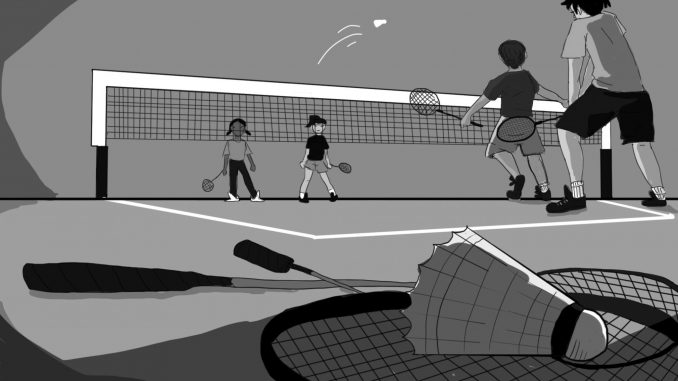
By Stephany Mandujano/Staff Writer
 School sports provide students with an opportunity to find other individuals and make unique and unforgettable memories. Badminton provides the same opportunity and the number of high school students playing badminton has been steadily increasing.
School sports provide students with an opportunity to find other individuals and make unique and unforgettable memories. Badminton provides the same opportunity and the number of high school students playing badminton has been steadily increasing.
According to ESPN — a company that provides the coverage, highlights, and commentary of sporting events — more than 15,000 high school students are playing badminton. And according to the High School Athletics Participation Survey conducted by the National Federation of State High School Associations, it’s a number that’s on the rise.
The inclusion of badminton as a school sport should be seriously considered not only because it is being recognized more within high schools, but because when compared to other high school sports, the expenses to start a badminton team are less.
The National Federation of State High School Associations, an organization that is in charge of writing playing rules and guiding high school sports teams, found that in order to start a badminton team, it’s necessary to look for a coach, purchase equipment, uniforms, a medical kit, and schedule transportation for games.
Due to this, badminton is a sport that is easier to begin within schools since the required equipment can be already found within school gyms. Nets, poles, birdies, and racquets are present in most school storage, and if they need to be replaced, the cost won’t damage the school’s budget too much.
Aside from badminton being a more affordable sport, it also can provide students with many health benefits.
Harvard Health Publishing, whose goal is to bring credible, accessible and updated health information worldwide, discovered that racket sports offer something other sports do not: lateral movement.
And by improving lateral movement, badminton players can improve their weight shifting and their balance as well. It also is a sport that requires a lot of quick reactions and planning, so it greatly sharpens planning skills and decision-making skills.
In addition to improving athletically, players can improve social skills too. According to Harvard Health, badminton has a very important social component since individuals can play as part of a single or a doubles team, and this frequent social contact is needed for a long and healthy life.
Badminton is a sport that can be easily set up, isn’t very expensive to schools, and can provide students with many benefits to their social and physical health which makes it a sport that is worth looking into.

